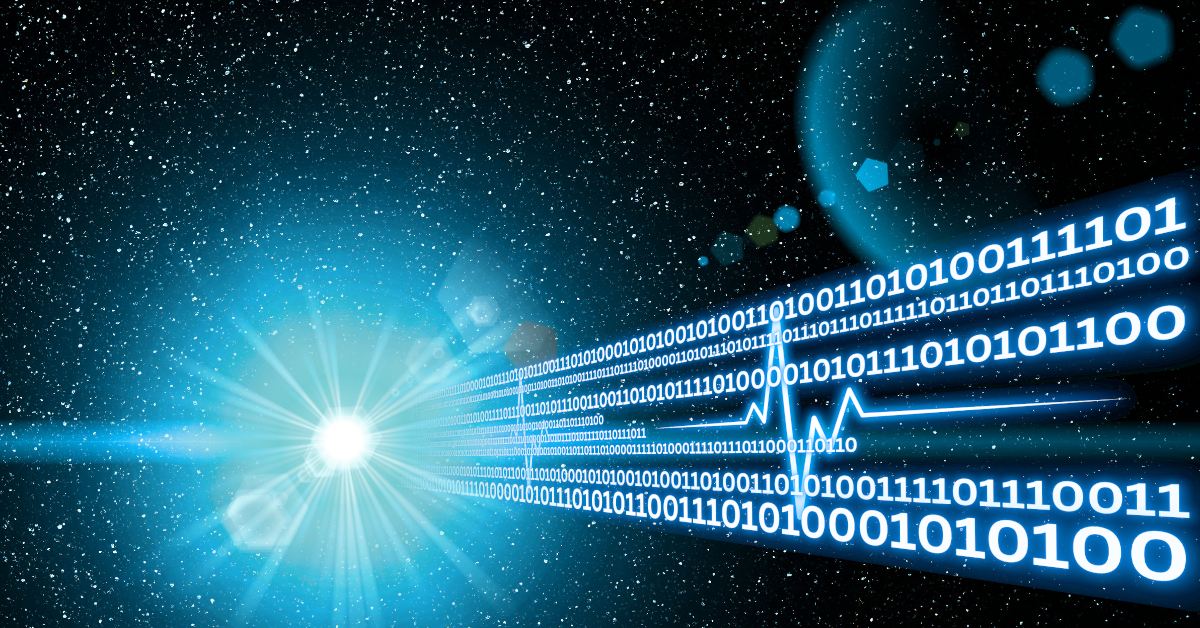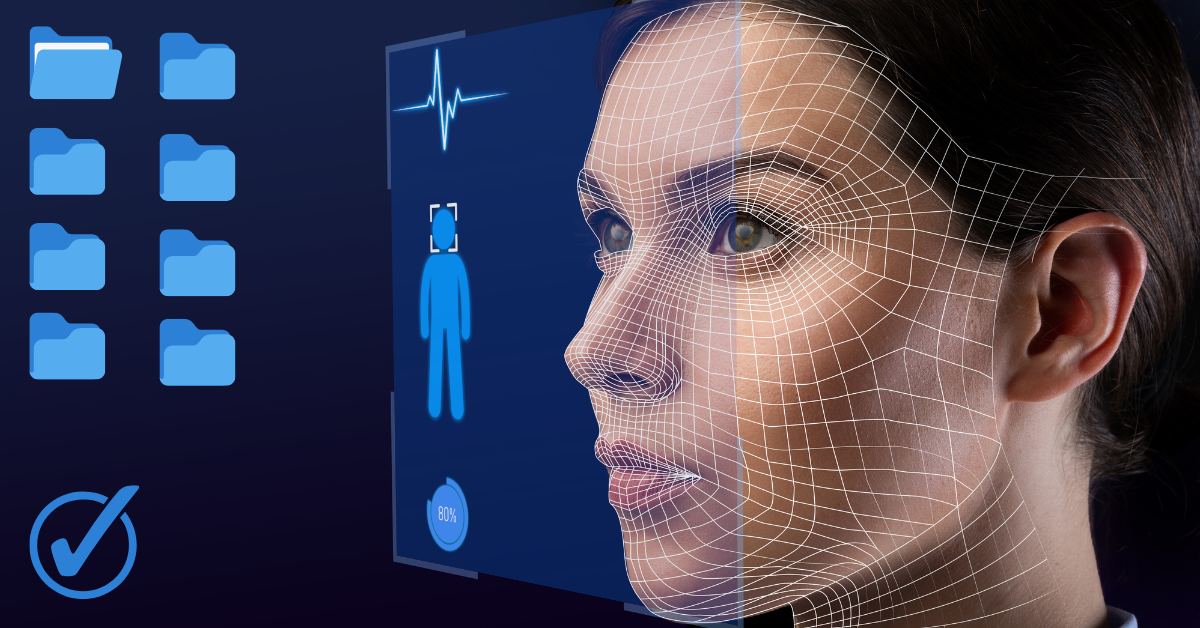Categories
Imagine being able to access your smartphone, approve a payment, or enter a building—all with just your face or fingerprint. That’s the magic of biometric authentication. But what if someone tried to fool these systems using a mask, photo, or even a synthetic voice?
That’s where liveness detection steps in. It ensures that biometric input comes from a real, live person rather than a replica or recording. In this article, we’ll explore what liveness detection is, how it works, why it’s important, and where it’s used, all in beginner-friendly language.

Biometric systems recognize people using their physical or behavioral traits—like a face, voice, iris, or fingerprint. These identifiers are unique to individuals, which makes them highly effective for authentication. However, clever imposters can still trick basic systems with printed photos, voice recordings, or prosthetics.
That’s why biometric systems are increasingly paired with liveness detection—a safeguard that ensures the input isn’t just a match but also comes from a live human being.
Why It’s Needed
Liveness detection verifies life signs or natural behavior to confirm that a biometric trait belongs to someone physically present. It’s typically delivered through active, passive, or multimodal methods.
This method engages the user by requesting a physical action that a fake or pre-recorded source couldn’t perform.
The system prompts actions like “smile,” “blink twice,” or “turn your head.” Only a real person can follow these instructions in real time.
Built-in sensors track natural micro-movements—like the way your eyes move or how your mouth shifts when speaking.
Setting up facial recognition might require you to look around, proving you’re not a static image.
This technique works in the background by evaluating biometric data for subtle signs of life—without any input from the user.
Systems analyze surface texture and depth to distinguish real human features from 2D images or masks.
Live humans emit warmth. IR sensors detect the thermal signature of living tissue.
Advanced tech detects tiny fluctuations in skin color caused by your pulse or blood flow, which can’t be faked.
This approach combines two or more techniques—often mixing active and passive checks or layering multiple biometrics (e.g., face and voice).
Why It’s Effective

This is like a super-smart filter that picks out tiny clues, such as slight color changes in your face caused by your heartbeat.
Even with advanced technology, liveness detection isn’t perfect. Here are some hurdles it faces, along with why they matter:
Deepfakes, 3D masks, and synthetic voices are becoming harder to detect.
Cheaper smartphones or laptops may lack the hardware needed to perform accurate liveness checks.
Frequent prompts or failed checks can frustrate users, especially if they have accessibility needs.
Advanced sensors and imaging technology raise the price of implementation, especially in consumer devices.
From personal gadgets to global infrastructure, liveness detection is becoming a staple of secure identity verification.
The landscape is shifting quickly as technology adapts to meet more complex threats.
Advancements on the Horizon
In a world where biometric authentication is becoming the norm, liveness detection ensures these systems remain trustworthy. It doesn’t just confirm identity—it proves presence. As we continue to digitize everything from payments to passports, liveness detection will be critical in staying ahead of fraud.
By combining cutting-edge hardware, intelligent software, smart design, and liveness detection for anti-spoofing is quietly becoming one of the most essential tools in digital security.